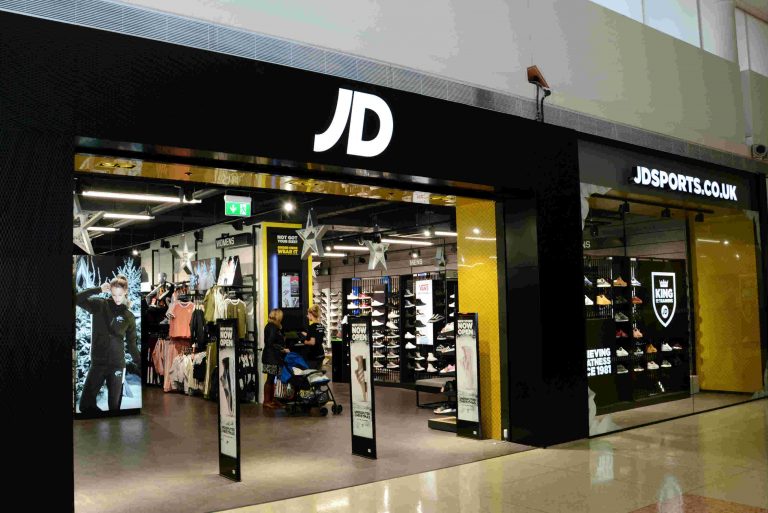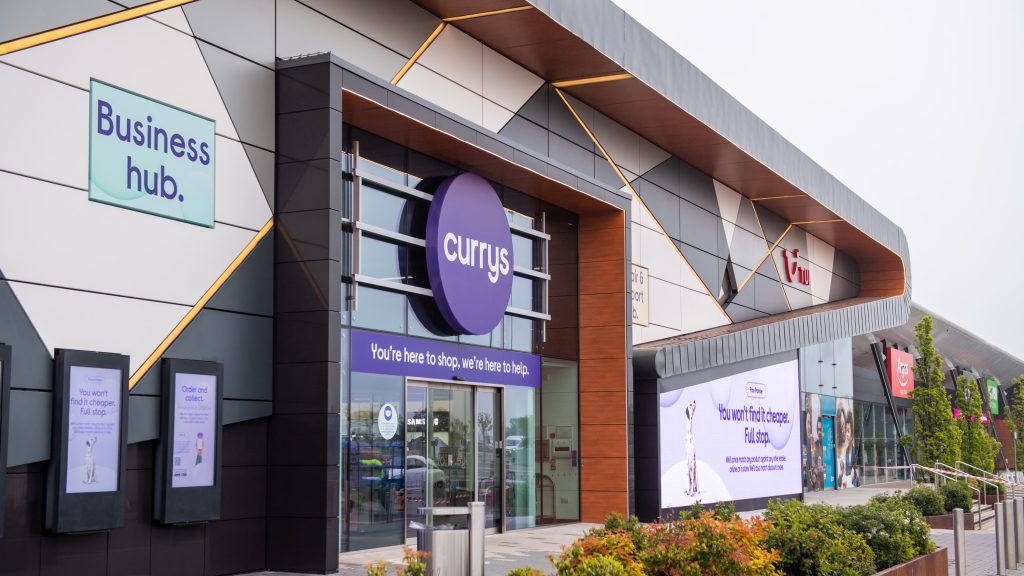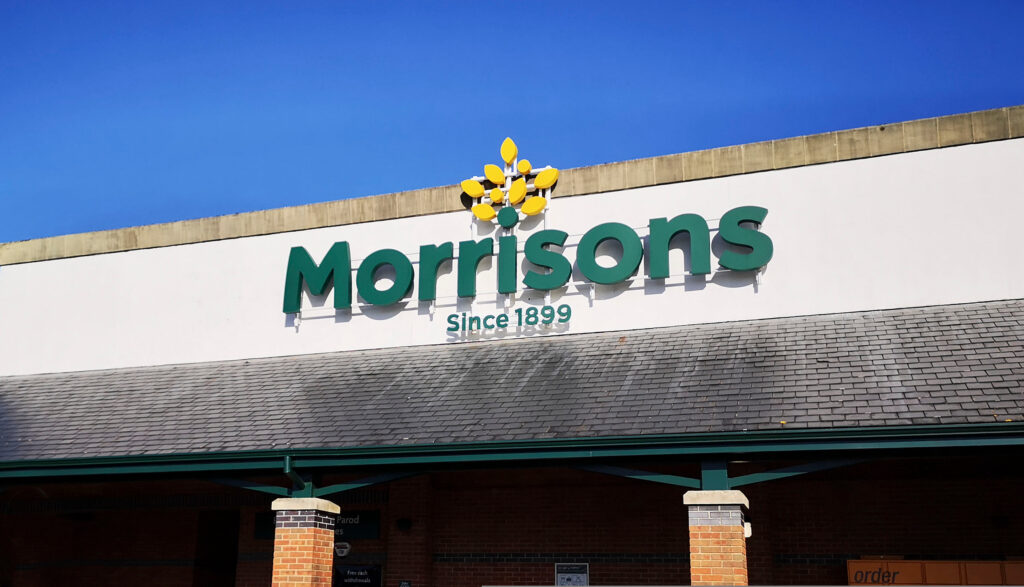The media and analysts always seem to enjoy looking back over the Christmas period to identify the retail sector‘s “winners” and “losers”. While sales figures and profit margins will always be the ultimate indicators of success, this New Year parlour game has often put a good deal of emphasis on other factors such as the effectiveness of advertising campaigns and discounting strategies. The equation has become more complex in recent years as omnichannel has started to become the “new normal” and high-volume online trading periods have created new challenges for retailers. Fulfilment has become a defining battleground.
Marks & Spencer trading results, announced last week, left many investors disappointed by falling year-on-year sales. M&S identified fulfilment as an underlying issue: its Castle Donington distribution centre was forced to work at full capacity for the first time, and a deluge of Black Friday orders contributed to delivery delays of up to two weeks. Similarly, Sainsbury‘s Christmas results were its worst in a decade, with large numbers of Christmas orders cancelled as a result of IT problems.
Tesco saw contrasting fortunes, enjoying its best results for three years, helped by its implementation of click-and-collect. In a similar vein, Shop Direct posted record Christmas trading with sales up 47%, buoyed by a 112% increase in parcel delivery to their Collect+ stores.
Fulfilment disruption is, of course, far from the only factor behind the difficulties encountered by retailers over the Christmas period, as Black Friday also caused website traffic difficulties and led retailers to speculate about the value of pre-Christmas discounting. But there is a striking correlation between delivery problems and disappointing overall performance. Difficulties arising from Black Friday‘s online trading volumes were common across the sector, leading to many consumers facing delays to their orders. Trying to fulfil record volumes of online orders using inadequate delivery infrastructures could have far-reaching consequences. It is not just a question of missing deliveries and taking a hit to the bottom line – retailers may find that their fulfilment failings have caused substantial reputational damage as consumer trust in their ability to meet demand during peak periods is eroded.
New retail trading patterns require new approaches to fulfilment. One prominent example is click-and-collect, which really took off this Christmas: YouGov research shows that 39 per cent of online shoppers opted to collect their online orders in-store over the festive period. This brings several benefits for retailers: they are afforded a better view of in-store stock and pressure on their distribution network is reduced at a peak time. Meanwhile, customers have a free and convenient way to receive their purchases, and retailers have the opportunity to make additional sales while they are in-store; Conlumino and eBay estimated that an average of £27 was spent on the high street from each click-and-collect visit.
For maximum flexibility, some retailers offer additional in-store fulfilment methods such as ship-from-store, where high street outlets become mini-distribution centres, allowing for easier delivery and more precise stock management. At Christmas, when stock turnover is at its highest, it is particularly important to ensure that retailers manage stock proactively, and this makes in-store fulfilment invaluable. Peak trading has always led to issues of stock running out or being over capacity, and ship-from-store makes additional stock available to mitigate this issue.
A sound omnichannel strategy is definitely achievable; John Lewis, to give one example, processed 56 per cent of their online orders through click-and-collect, and did so without reported delays or discounting. The change in culture and emphasis needed to implement the likes of click-and-collect a


























